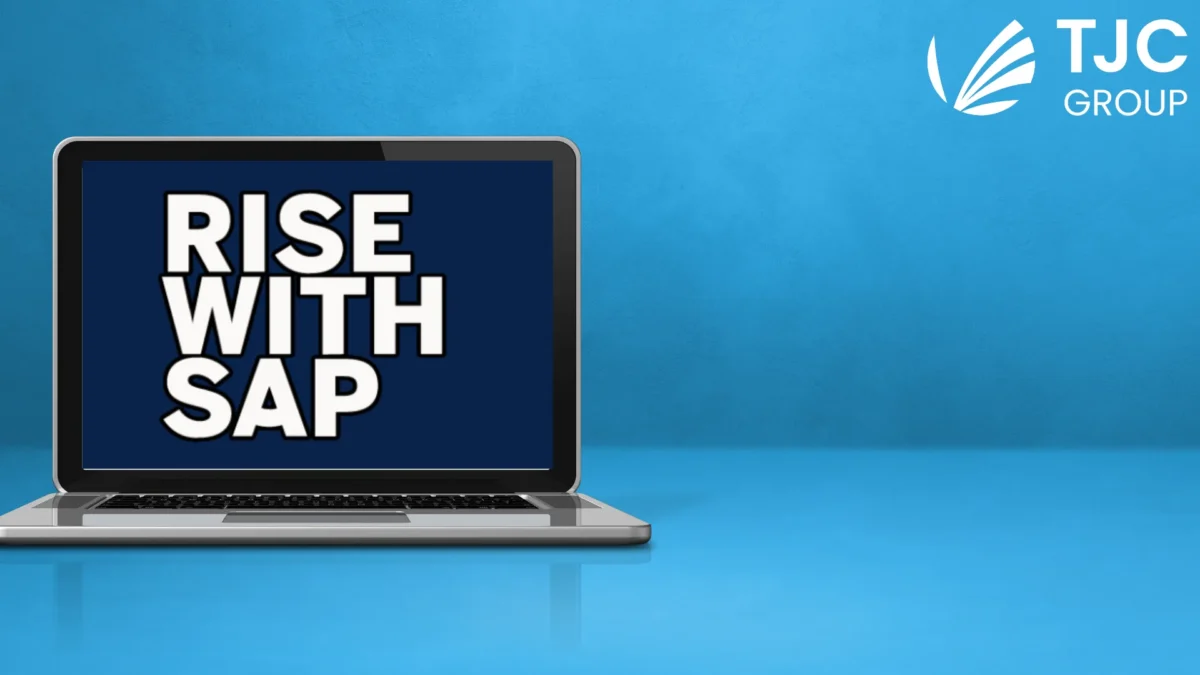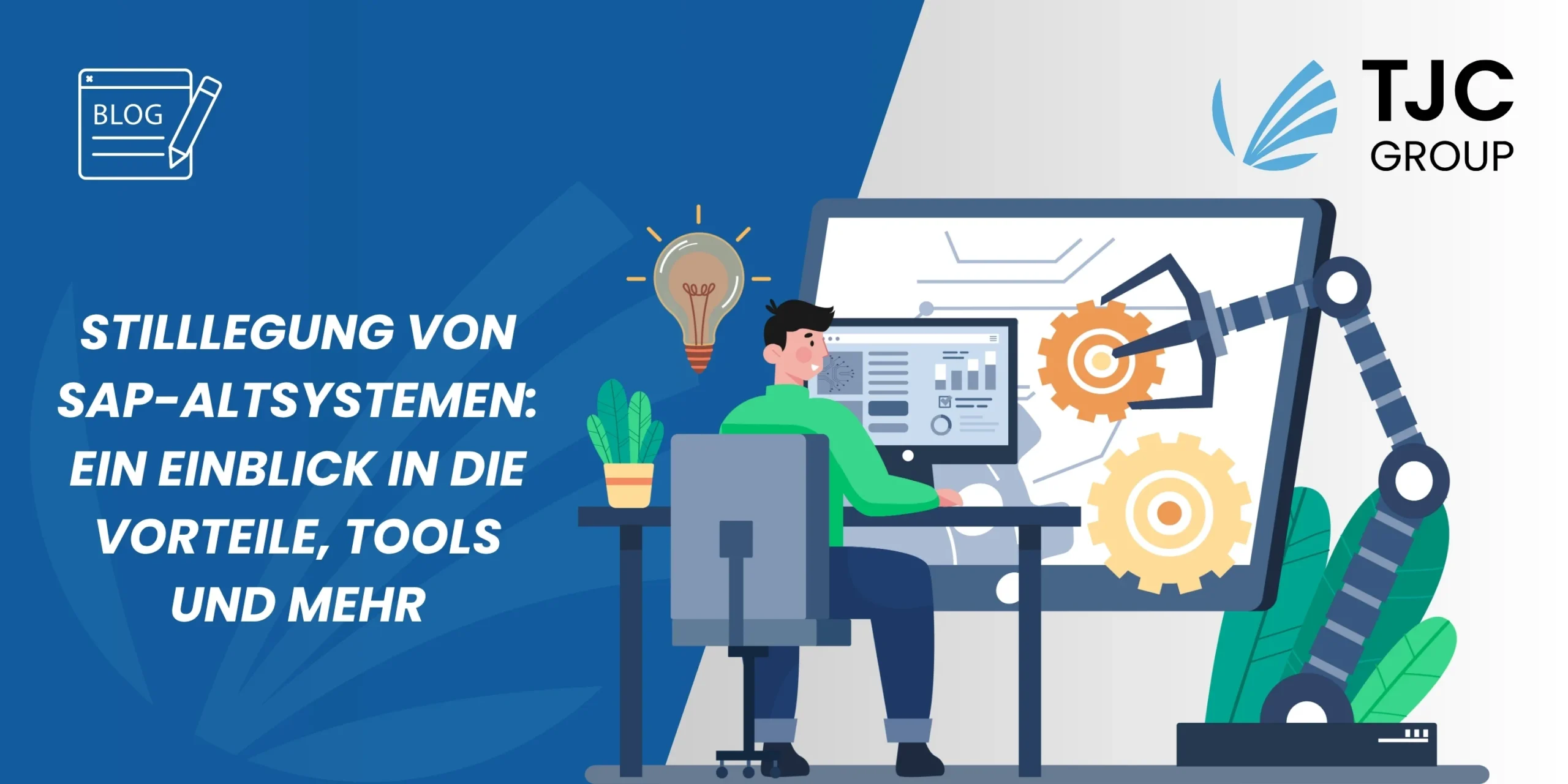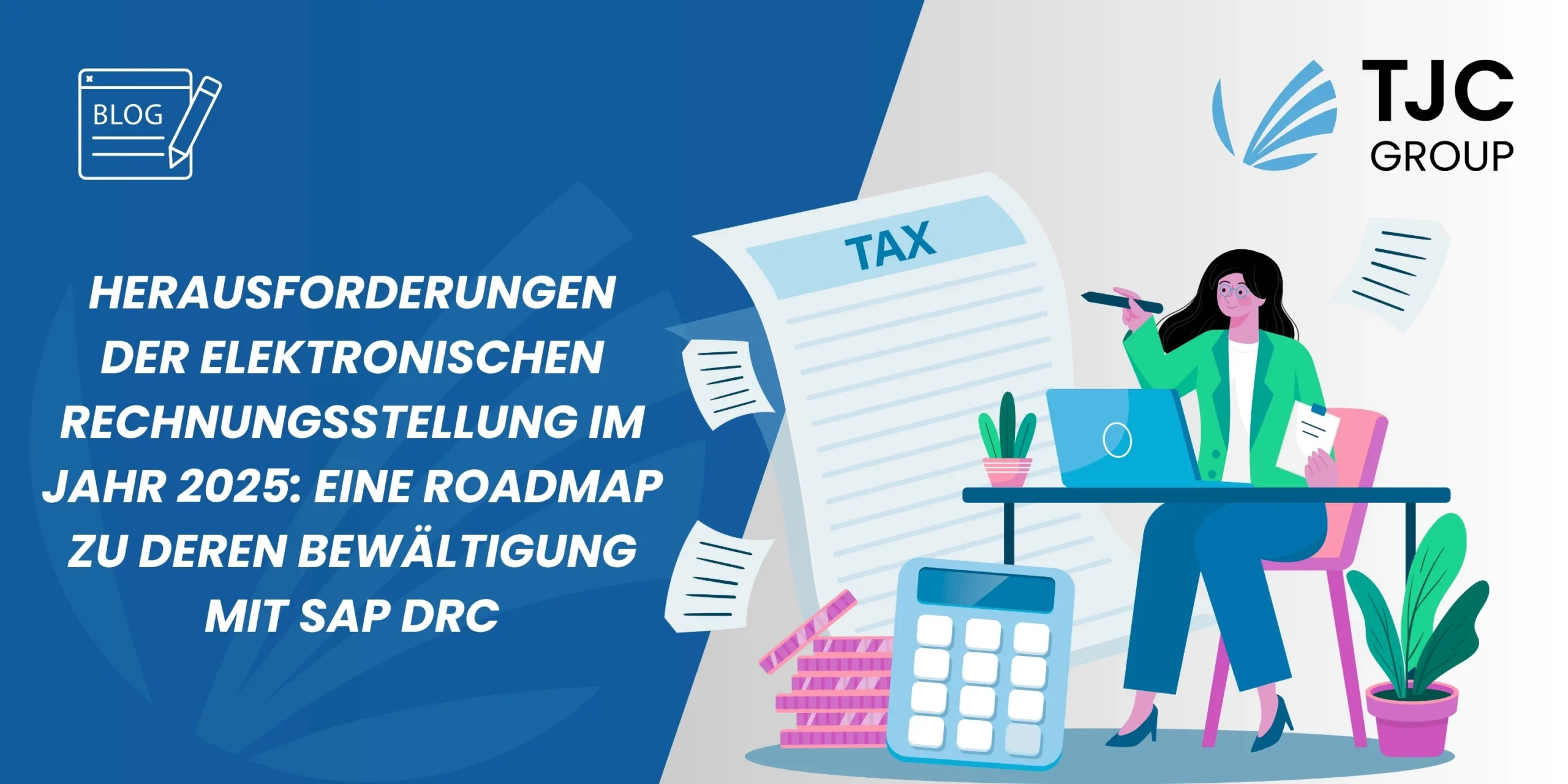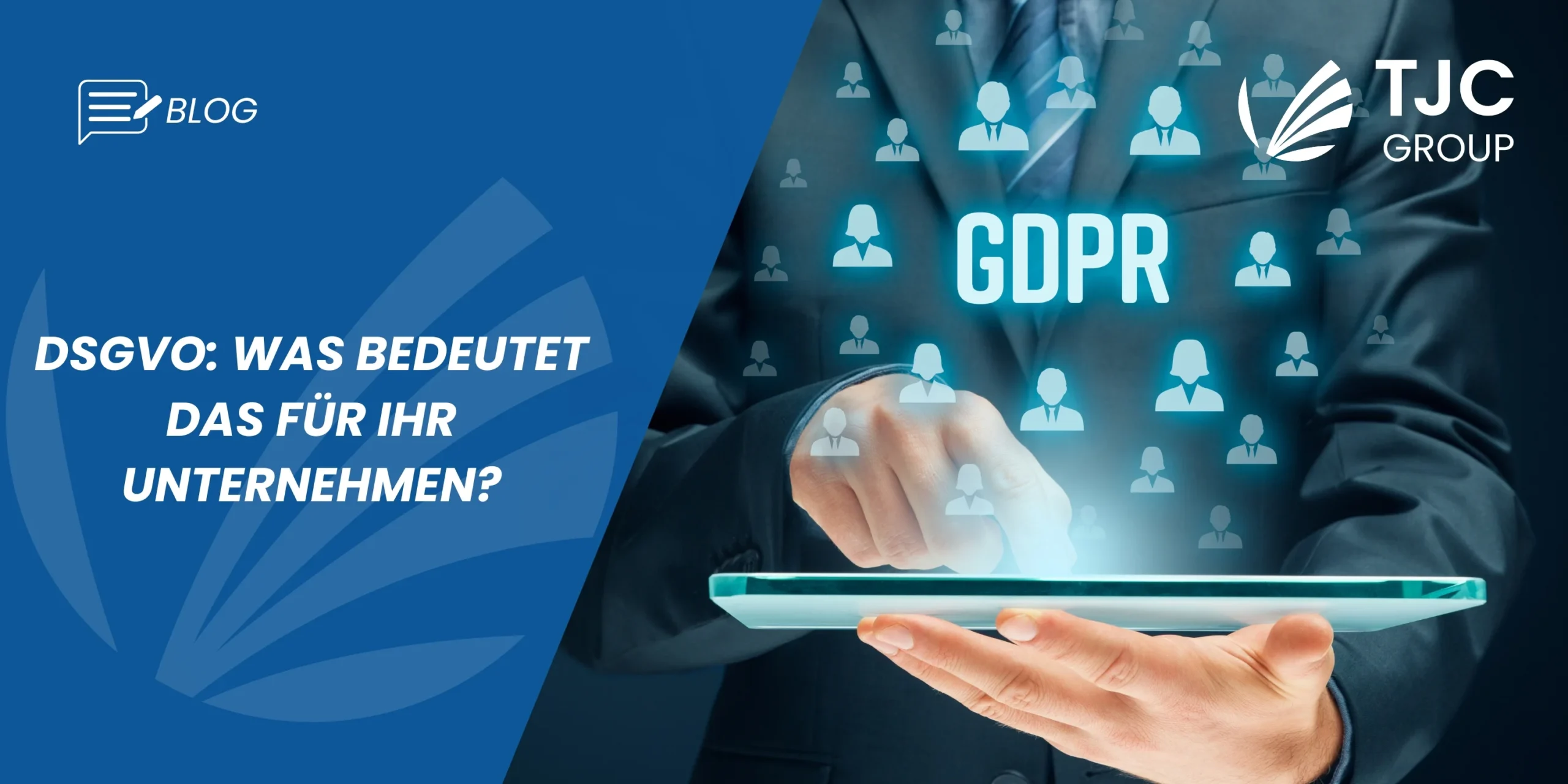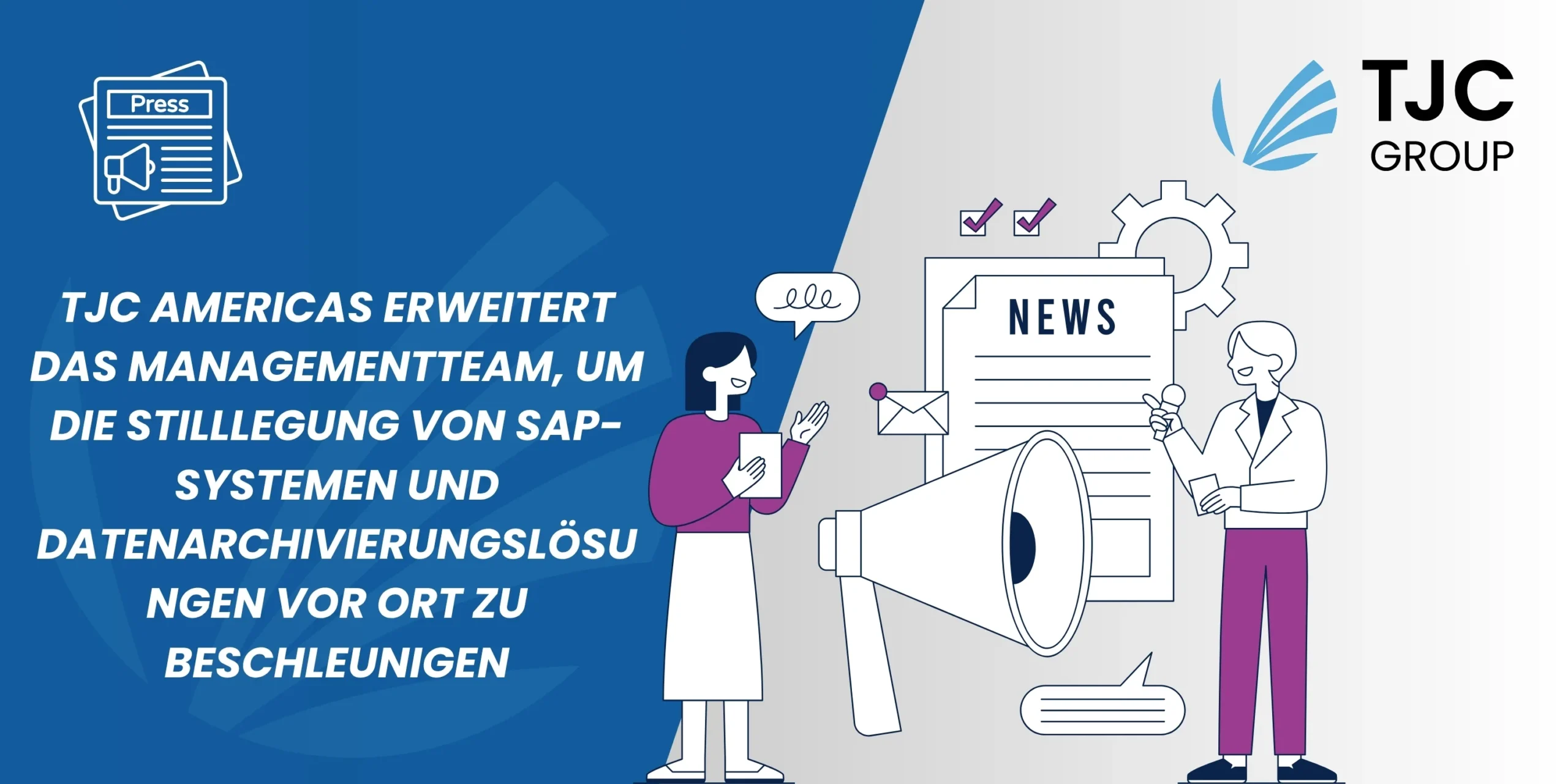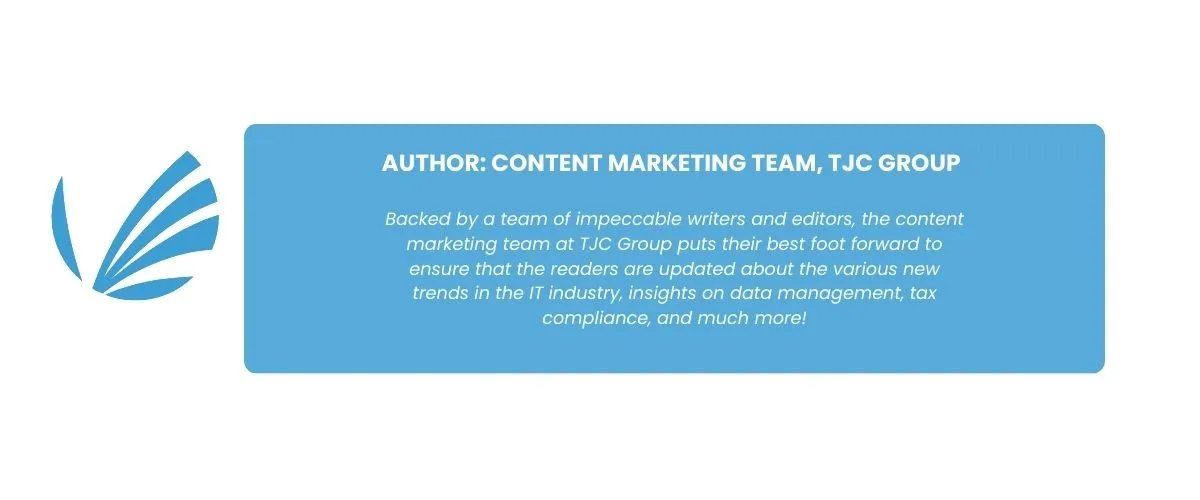
Der zunehmende Wettbewerb auf dem Datenmarkt hat zu einem Anstieg der Nachfrage nach ständiger Innovation geführt. SAP verfügt über mehrere Produkte wie die Cloud-Plattform S/4HANA, BTP, Business Networks und Business Process Intelligence, die die Innovation fördern. Aber vor der Einführung von RISE mit SAP existierten diese Produkte in Silos. Unternehmen, die in die Cloud wechseln wollten, mussten daher für einen reibungslosen Betrieb mehrere Verträge mit verschiedenen Parteien abschließen.
Es gab auch noch andere Lücken, wie z.B. zeitraubende Entscheidungsprozesse, hohe Wartungskosten, komplexe Datenspeicher- und -übertragungssysteme und wenig Zeit für Innovationen. Dies gab den Ausschlag für die Einführung von RISE mit SAP, einer umfassenden Lösung, die all diese Angebote in einem Paket bündelt.
Sie fragen sich, was das ist? In diesem Artikel finden Sie ausführliche Informationen.
Was ist RISE mit SAP?
SAP hat RISE mit SAP im Januar 2021 auf den Markt gebracht, um Business Transformation as a Service anzubieten und intelligente Unternehmen zu unterstützen. Dieses Produkt, das auf einem Subskriptionsmodell basiert, konsolidiert verschiedene SAP-Tools, -Technologien und -Intelligenz in einem einzigen umfassenden Paket. So wird der Beschaffungsprozess mit einem einheitlichen Vertrag gestrafft.
Die folgenden Lösungen sind Teil von RISE mit SAP:
SAP S/4HANA Cloud Suite
RISE mit SAP umfasst eine Reihe von Lösungen, die es Unternehmen ermöglichen, SAP S/4HANA, das Flaggschiff der Enterprise Resource Planning (ERP)-Lösung von SAP, in der Cloud zu hosten. Alle Tools, die ein Unternehmen für die Cloud-Migration benötigt, sind zu einem einzigen Preis gebündelt.
System-Hosting-Optionen
Unternehmen haben außerdem verschiedene Möglichkeiten, einen Systemhost für die SAP S/4HANA-Cloud-Lösung zu wählen. Dazu gehören neben den SAP-Servern auch Amazon Web Services (AWS), Microsoft Azure, Google Cloud und Alibaba Cloud.
SAP Business Network Starter Pack
Das Business Network Starter Pack hilft Unternehmen beim Aufbau von Beziehungen zu Handelspartnern. Es enthält die folgenden Komponenten:
1. ARIBA zur Vereinfachung von Beschaffung und Einkauf
2. Logistics Business Network zur Verfolgung von Vermögenswerten im Transit und zur Erhöhung der Transparenz
3. SAP Asset Intelligence Network für die Verwaltung von Vermögenswerten und die Abwicklung von Wartungsprozessen
SAP BTP Verbrauchskredite
SAP Business Technology Platform (BTP), eine Plattform-as-a-Service, konzentriert sich auf Analytik, Anwendungsentwicklung, Datenbankmanagement und intelligente Technologien. Mit diesem Produkt erhalten Unternehmen Cloud Credits, die sie je nach Bedarf für verschiedene Schwerpunktbereiche von BTP nutzen können.
Intelligente Geschäftsprozesse
RISE mit SAP-Benutzer erhalten auch Zugang zum Business Process Intelligence-Starterpaket, das sieben Hauptkomponenten enthält. Diese Komponenten ermöglichen es den Benutzern, Geschäftsdaten und -leistungen zu analysieren, zu simulieren, zu bewerten, zu überwachen, zu verbessern, zu steuern und zu verwalten.
Eingebettete Tools und Dienste
Darüber hinaus bietet es Anwendern weitere wichtige Dienste, die den Umstieg auf ein Cloud-ERP erleichtern. Dazu gehört die Unterstützung bei der Bereitstellung, dem Lebenszyklusmanagement, der Entfernung von Legacy-Code, der Analyse, der Verbesserung der Lieferkettenprozesse und mehr.

Vorteile von RISE mit SAP für Ihr Unternehmen
Es bietet zahlreiche Vorteile, die im Folgenden aufgeführt sind:
Schnellere Cloud-Migration
Wie bereits erwähnt, kombiniert RISE mit SAP Cloud-Lösungen, Infrastruktur und Sicherheit, um sicherzustellen, dass die Migration auf das Cloud-ERP, d.h. SAP S/4HANA, reibungslos und effizient verläuft. Geschäftsanwender müssen sich nicht um mehrere SLAs, Betriebsabläufe und Problemmanagementverträge kümmern. Statt eines stückweisen Ansatzes werden alle Angebote in ein einziges Paket integriert.
Optimierung von Geschäftsprozessen
Es erleichtert die Prozessautomatisierung, reduziert manuelle Fehler und verbessert die Gesamtproduktivität. Darüber hinaus liefern die analytischen Fähigkeiten des Produkts Erkenntnisse darüber, wie bestehende Prozesse verbessert werden können. Der datengesteuerte Ansatz führt somit zu einer Kultur der ständigen Verbesserungen und hilft Unternehmen, langfristig einen erheblichen Wettbewerbsvorteil zu erzielen.
Schnellere Innovation
Das Hauptziel von RISE mit SAP ist es, Unternehmen bei der Umwandlung in digitale Unternehmen zu unterstützen. Mit Komponenten wie SAP S/4HANA und SAP BTP hilft es, Innovationen zu beschleunigen. Es ermöglicht Unternehmen, fortschrittliche Technologien wie KI und robotergestützte Prozessautomatisierung zu nutzen. Außerdem bietet es den Nutzern Zugang zu den neuesten Innovationen von SAP und einen vierteljährlichen Aktualisierungszyklus.
Verbesserte Unterstützung
SAP ist bestrebt, den Benutzern von RISE mit SAP ständige Unterstützung zu bieten und übernimmt eine höhere Verantwortung für die Kundenprozesse. Sie bietet Beratung in Bezug auf Software, Infrastruktur und technische Managed Services. Dies trägt dazu bei, eine engere Beziehung zu SAP aufzubauen, die Systemverfügbarkeit zu verbessern, den Verwaltungsaufwand zu verringern und sicherzustellen, dass die beabsichtigten Geschäftsergebnisse problemlos erreicht werden. Darüber hinaus wird das IT-Personal der Unternehmen entlastet, damit es sich auf strategische Aktivitäten konzentrieren kann, die den geschäftlichen Fortschritt vorantreiben.
Kostensenkung
Dieses Produkt wirkt sich durch Kostenkontrolle positiv auf die Rentabilität eines Unternehmens aus. So kann SAP S/4HANA beispielsweise die intelligente Fertigung durch die Synchronisierung von Angebot, Vertrieb und Produktionsplanung erleichtern. In ähnlicher Weise können die Funktionen von Ariba Network dazu beitragen, die Beziehungen zu Lieferanten zu stärken und mehr wirtschaftliche Möglichkeiten zu finden. Das Ergebnis ist eine kosteneffiziente Fertigung und Bestandsverwaltung. Funktionen zur Prozessautomatisierung können Ineffizienzen weiter beseitigen und die Kosten optimieren.
Letzte Worte
Daher ist RISE mit SAP eine überzeugende Gelegenheit für Unternehmen, die Wachstum und digitale Transformation anstreben. RISE mit SAP bietet auch eine ideale Gelegenheit, den bestehenden Datenbestand des Unternehmens zu überprüfen und zu entscheiden, welche Daten in S/4HANA übernommen werden müssen und welche Daten zurückgelassen werden können. Die Kosten für die Speicherung umfangreicher Datenmengen in der Cloud können ineffiziente Ausmaße annehmen. Allerdings müssen historische Daten für regulatorische Zwecke und geschäftliche Anforderungen aufbewahrt werden. . Stilllegung des Altsystems wird dann dringend empfohlen, damit die Altdaten jederzeit zugänglich bleiben.
An diesem Punkt ist es sehr empfehlenswert, mit einem Experten für SAP-Datenmanagement zusammenzuarbeiten, um den Datenbestand im SAP-System zu bewerten, bevor ein Migrationsprojekt in Angriff genommen wird. SAP-Partner wie die TJC Group, die über jahrzehntelange Erfahrung in der SAP-Landschaft verfügen, können die Art von Nischenkompetenz bieten, die für ein Stilllegungsprojekt erforderlich ist. In der Regel geht es um die Verkleinerung der SAP-Datenbank vor der Migration auf S/4HANA mit Datenarchivierung und die Stilllegung des Altsystems, um den Zugriff auf historische Daten zu erhalten.


